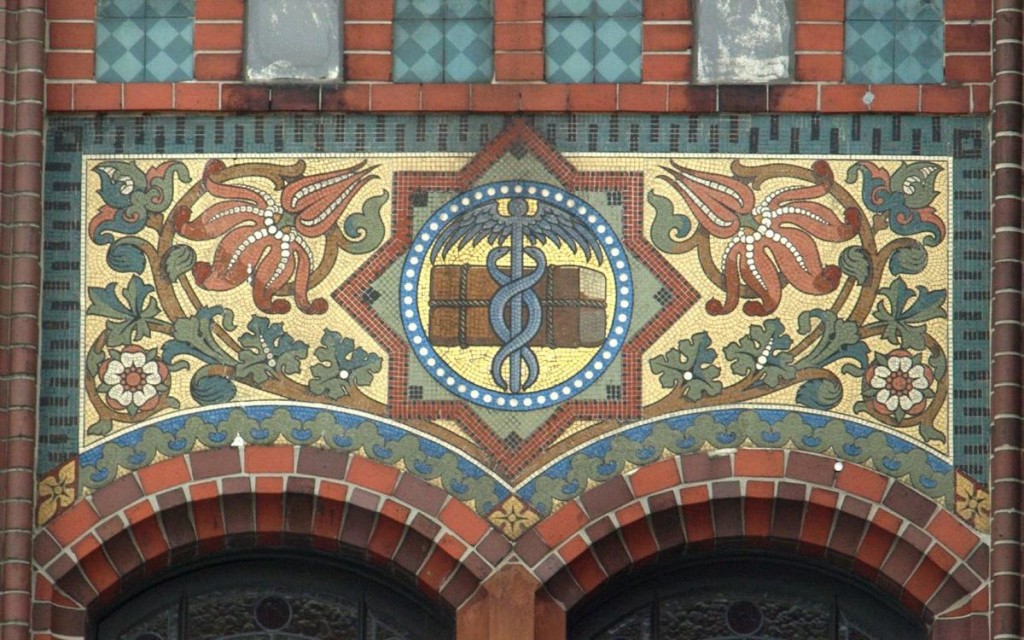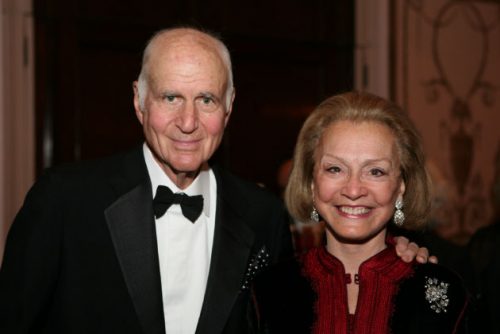Over the holidays, I talked with a physician friend who expressed his frustration at the state of the medical field—more specifically the inefficiencies and absurdities that plague the development and implementation of medical device technologies. My friend pointed to the example of Texas Health Presbyterian Hospital, where one of the first Ebola patients slipped through the cracks and was sent home despite obviously being symptomatic for an infectious disease. This oversight was made possible, apparently, because of poorly designed medical technologies. The nurse, as part of a standard battery of questions, discovered that the patient had recently been to Liberia, thus increasing the chances his flu-like symptoms were the product of a more serious disease; the nurse accordingly recorded this information in an electronic checklist—her version of the classic medical "charts" that used to accompany every patient. But the doctors didn’t see the same version of the chart that the nurses do – in fact doctors and nurses can’t see the same charts, per the software’s design– and certain information must be communicated verbally for it to reach the doctor at all. In this case it wasn’t, and the ensuing Ebola scare went on to cause nationwide panic.
Here’s a case where the everyday use of medical technologies – like the electronic chart – obstructs rather than encourages proper diagnostic procedure. Unnecessary segmentation of information makes it so that nurses (who typically collect the most valuable information about a patient’s background and symptoms) aren’t required to share their findings directly with doctors (who have the expertise required to make diagnoses and suggest treatment). Ostensibly such segmentation is devised as a safeguard against abuses of confidentiality and HIPAA violations, but this is clearly absurd when everyone involved is part of the team of care providers.
Then again, such concerns are the product of dealing with an overly litigious population. My friend also recounted an example from his own experience where a patient was asked about his travel history (again, as part of a standard battery of questions appropriate to the symptoms being displayed); the patient was so offended by this supposed breach of privacy that he hired an ACLU lawyer to press charges. When doctors and nurses have to deal with such pusillanimous ignorance from the public it is no great wonder that they adopt such Byzantine procedures.
Anyone who works in a hospital will recognize these episodes as but two examples of the challenges they face every day. Unnecessary redundancies, counterintuitive segmentation, wasteful counter-contamination guidelines, and hypersensitivity concerning liability and confidentiality issues are daily realities for most anyone whose job it is to actually provide medical care.
It’s hard, of course, to expect much from philanthropies or foundations on this front. Confidentiality and regulatory realities are such that the medical field leaves precious little room for the contributions of civil society. It remains up to creative companies and care-oriented hospital administrators to make smart and responsive decisions. Unfortunately, the climate in which these companies and administrators operate often encourages defensiveness over creativity.
But more broadly, the whole situation illustrates a basic truth about the limitations of the modern managerial mindset. The government/medical complex has grown so large and unwieldy because of its undying faith in the power of regulations to account for all contingencies—a tweak here, a rule there, a blanket policy where one isn’t needed. Even when those regulations miss a step, as they did at Texas Presbyterian, it is assumed that we just need to streamline the process, to build a better diagnostic program. But this process-oriented fastidiousness gives rise to confusion when applied to the vague complexities of the human person, which is, after all, the subject of medicine. And any experienced doctor will tell you that medicine, for all its advances, retains distinct elements of chance, guesswork, and mystery. The flow-chart mentality – proper to engineers and hospital administrators – is ill suited to patient care, which requires flexibility, creativity, and even daring.
James Poulos claims the now-regnant “Pink Police State” offers its subjects a simple bargain: sacrifice freedom for the sake of health and license; Pascal-Emmanuel Gobry further explains how that same system is fundamentally about avoiding risk, including physical sickness, thus its creeping but sure takeover of the healthcare industry. Such dreams are ultimately unsustainable, of course, and will only give rise to ever greater confusions and frustrations in the medical field. That is, the current quagmire that is American healthcare—plagued as it is by ever-increasing bureaucratization, over-regulation, and managerial fecklessness—evidences some of the deepest divides between our technocratic impulses and certain basic anthropological realities.
Now, don’t get me wrong—it’s not that medical technology is eo ipso dehumanizing or prone to failure. On the contrary, to the extent we can integrate such technology into proven patterns of diagnosis and care we should encourage and further develop any devices that help doctors do their jobs. But the concern is that such devices and the system of managerial medicine that requires them make it harder – not easier – to treat patients because they fundamentally oversimplify the nature of the human person.






